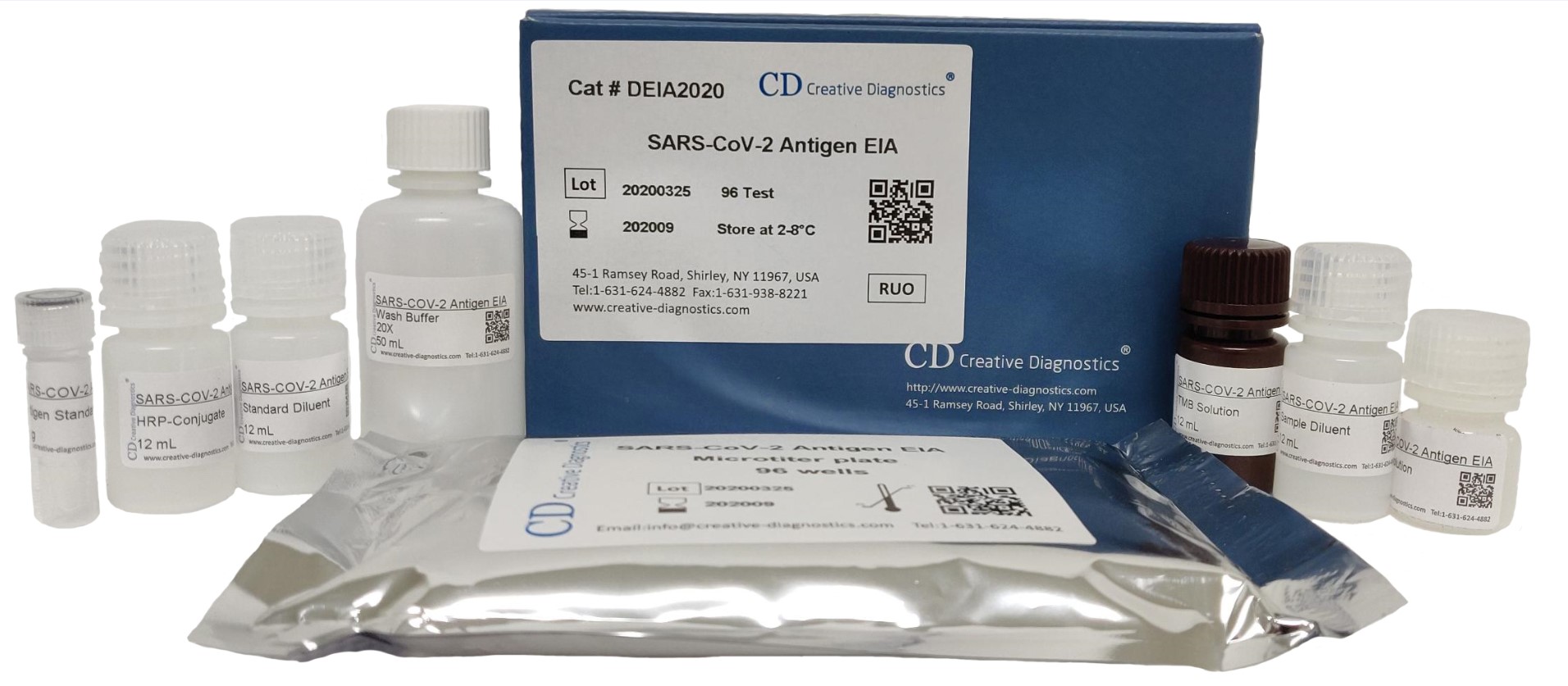SARS-CoV-2(2019-nCoV) is a single-stranded RNA coronavirus with a genome sequence of 29903bp. The genome has 10 genes and can efficiently encode 10 proteins. It can cause respiratory infections. Due to the rapid development of the epidemic, timely and effective diagnosis of patients with different degrees of clinical symptoms and suspected patients is needed. The detection of the SARS-CoV-2 RNA can provide direct evidence for diagnosis, and antigen / antibody detection can be used as supplementary evidence.
 1. SARS-CoV-2 (2019-nCoV) nucleic acid detection
1. SARS-CoV-2 (2019-nCoV) nucleic acid detection
Currently, the sites targeted by new coronavirus nucleic acid detection mainly include three conserved gene sequences in the viral genome, namely the open reading frame 1ab (ORF1ab), the Nucleocapsid protein (N) gene, and the envelope protein (E) gene as a detection target. To confirm that a case is positive in the laboratory, two specific targets of ORF1ab and N genes of the new coronavirus in the same specimen should be confirmed to be positive by real-time fluorescence RT-PCR. If limited by a laboratory test kit, and only one target can be tested, at least the ORF1ab region of the SARS-CoV-2 (2019-nCoV) that is most conserved and specific should be tested.
2. SARS-CoV-2 (2019-nCoV) antigen detection
The novel coronavirus gene encodes multiple structural proteins, such as N protein, E protein, and S protein. These proteins include multiple epitopes. Based on the principle of specific binding of antigens to antibodies, the presence of antigens can be detected directly by antibodies, thereby directly proving the sample contains a new coronavirus. The applicable sample type of the antigen detection reagent is generally a sample of the infection site, such as a throat swab.
3. SARS-CoV-2 (2019-nCoV) antibody detection
The above-mentioned antigens of the novel coronavirus can be used as immunogens. After the virus infects the human body, it stimulates plasma cells to produce specific antibodies. By the principle of specific binding of antigens and antibodies, the presence of antibodies can be detected through the antigen, thereby indirectly proving that the human body is infected by novel coronavirus. The applicable sample types for antibody detection reagents are blood, including serum, plasma, and whole blood.
The antibodies detected are mainly divided into IgM and IgG. There is currently no systematic study on the production and duration of these two types of antibodies to novel coronaviruses. Generally, IgM antibodies are produced early, and they are produced quickly after infection, with a short maintenance time and rapid disappearance. Positive detection in blood can be used as an indicator of early infection. IgG antibodies are produced late, are maintained for a long time, and disappear slowly. Positive tests in the blood can be used as indicators of infection and previous infections.
4. Analysis of different detection methods
New virus RNA testing provides direct evidence for diagnosis. In view of the characteristics and current status of antigen / antibody detection reagents, their sensitivity and specificity are currently limited and cannot be used as the sole basis for the diagnosis and exclusion of SARS-CoV-2 (2019-nCoV). It is not suitable for screening in the general population and can only be used as a supplement to existing viral nucleic acid detection reagents.
Through the combined application of multiple detection methods of nucleic acids, antigens, and antibodies, the detection window period is shortened, and the positive detection rate is improved. It has a very important role in the auxiliary diagnosis of the SARS-CoV-2 (2019-nCoV).
Products of SARS-CoV-2
